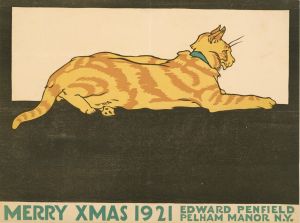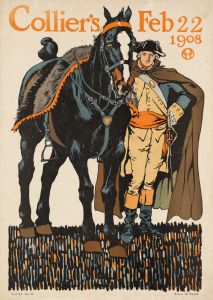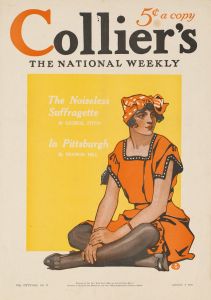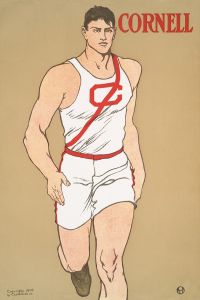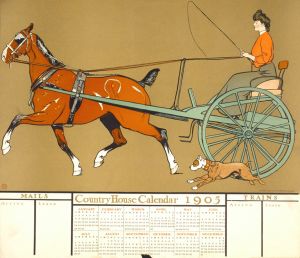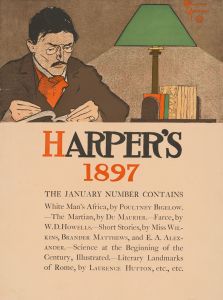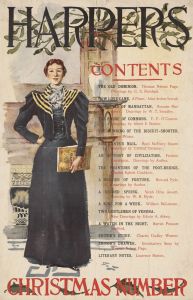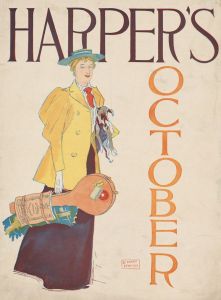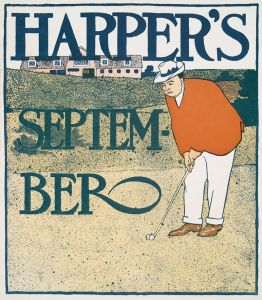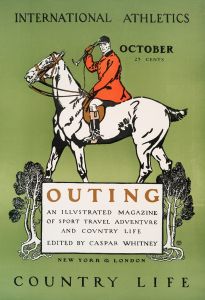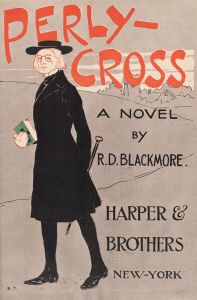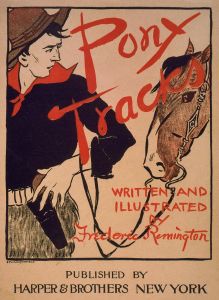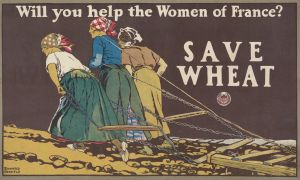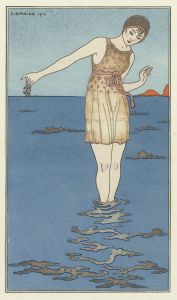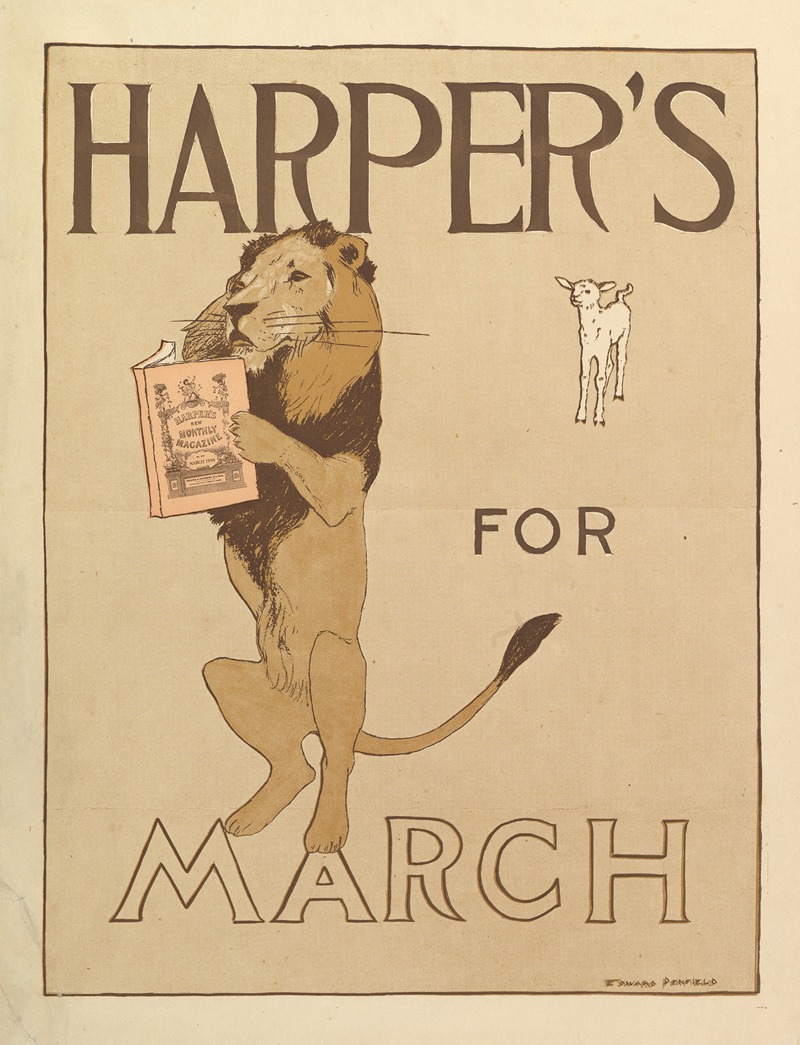
Harper’s, March
A hand-painted replica of Edward Penfield’s masterpiece Harper’s, March, meticulously crafted by professional artists to capture the true essence of the original. Each piece is created with museum-quality canvas and rare mineral pigments, carefully painted by experienced artists with delicate brushstrokes and rich, layered colors to perfectly recreate the texture of the original artwork. Unlike machine-printed reproductions, this hand-painted version brings the painting to life, infused with the artist’s emotions and skill in every stroke. Whether for personal collection or home decoration, it instantly elevates the artistic atmosphere of any space.
Edward Penfield's "Harper’s, March" is a notable example of American poster art from the late 19th century. Created in 1895, this work was part of a series of monthly cover illustrations Penfield designed for Harper’s Magazine, one of the most prominent literary and cultural publications of its time. Penfield, often regarded as a pioneer of American graphic design, played a significant role in popularizing the art of the poster in the United States.
"Harper’s, March" reflects the stylistic characteristics of the Art Nouveau movement, which was influential during this period. The illustration features a woman dressed in a long coat and hat, holding an umbrella, and carrying a copy of Harper’s Magazine. The composition is simple yet striking, with bold outlines, flat areas of color, and minimal background detail. This approach was typical of Penfield’s work, as he sought to create visually impactful designs that could be easily recognized and appreciated from a distance.
Penfield’s posters for Harper’s Magazine were not only advertisements but also works of art in their own right. They were designed to appeal to the magazine’s educated and cultured readership, often depicting scenes of leisure, reading, or seasonal activities. "Harper’s, March" captures the essence of late 19th-century American life, blending practicality with elegance. The image conveys a sense of sophistication and modernity, aligning with the magazine’s reputation as a leading publication for intellectual and artistic content.
Edward Penfield served as the art director for Harper’s Magazine from 1891 to 1901. During his tenure, he elevated the visual identity of the magazine through his innovative designs. His work, including "Harper’s, March," is considered a precursor to modern advertising and graphic design. Penfield’s posters were widely admired and collected, contributing to the growing appreciation of commercial art as a legitimate artistic medium.
Today, "Harper’s, March" is recognized as an important piece of American graphic design history. It exemplifies Penfield’s ability to merge art and commerce, creating images that were both functional and aesthetically pleasing. The poster remains a testament to the artistic and cultural trends of the late 19th century, as well as Penfield’s enduring influence on the field of design.





